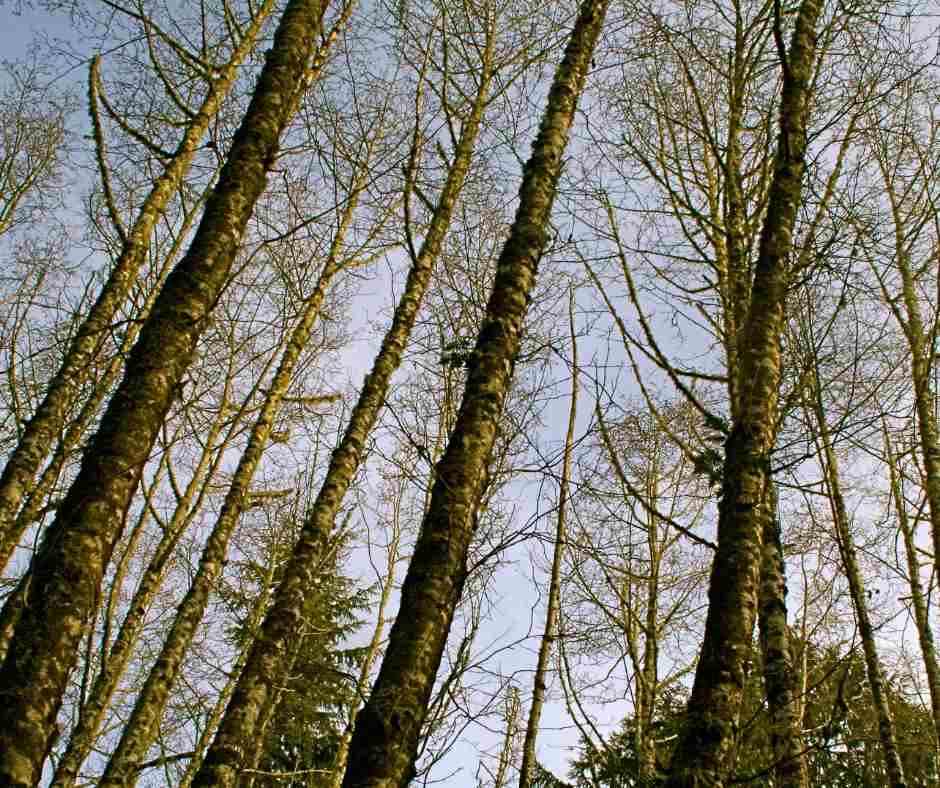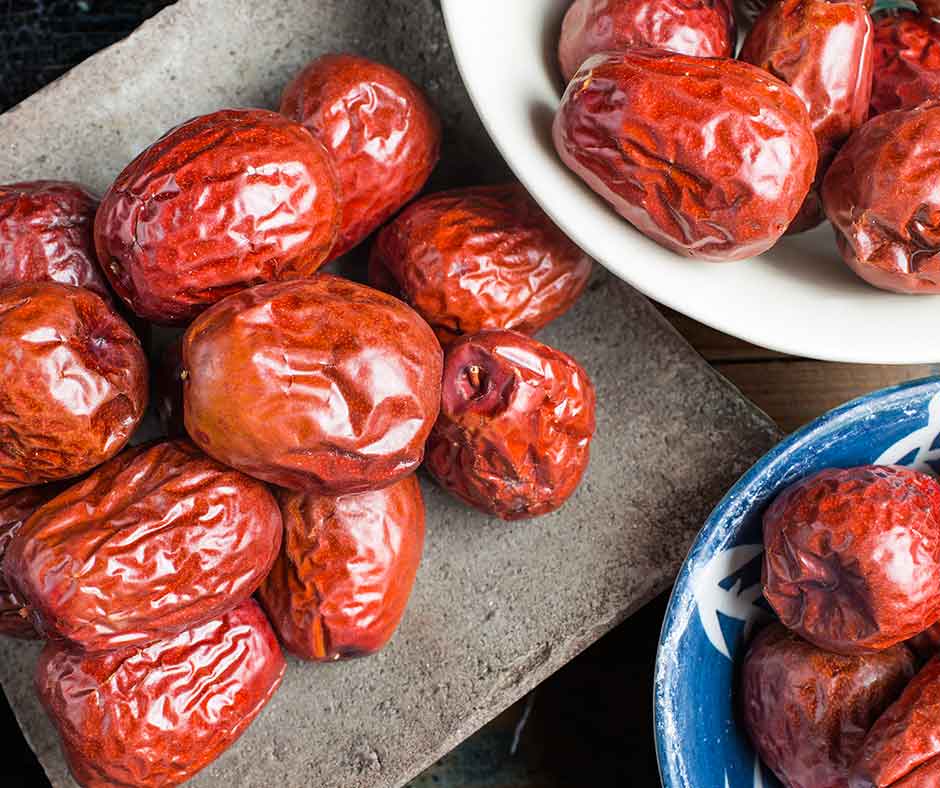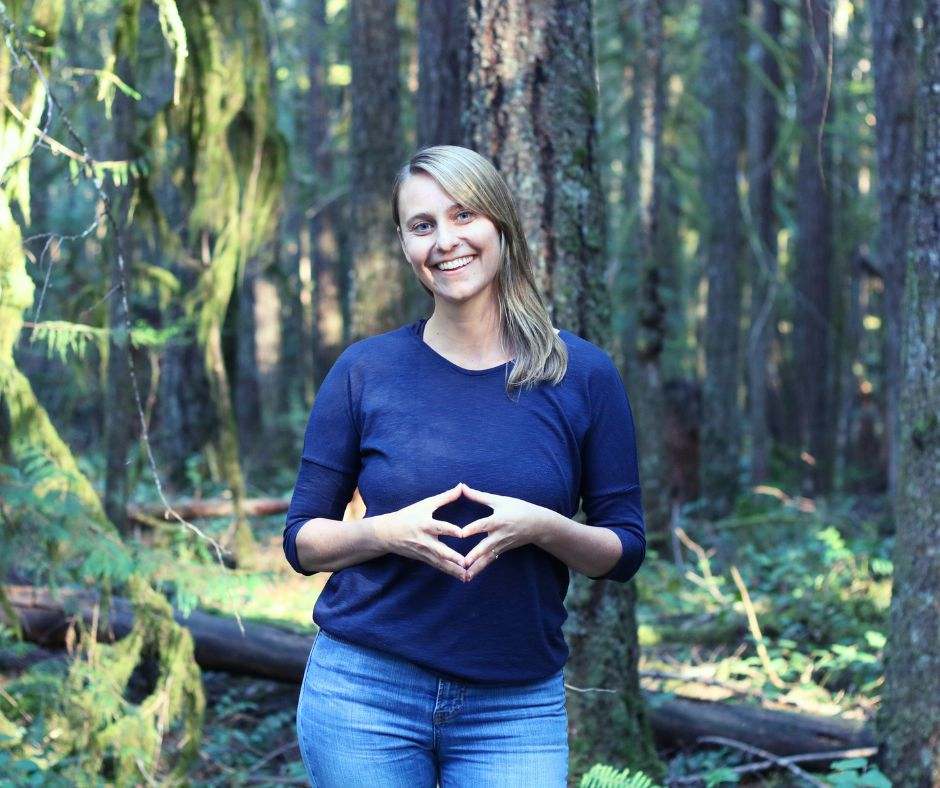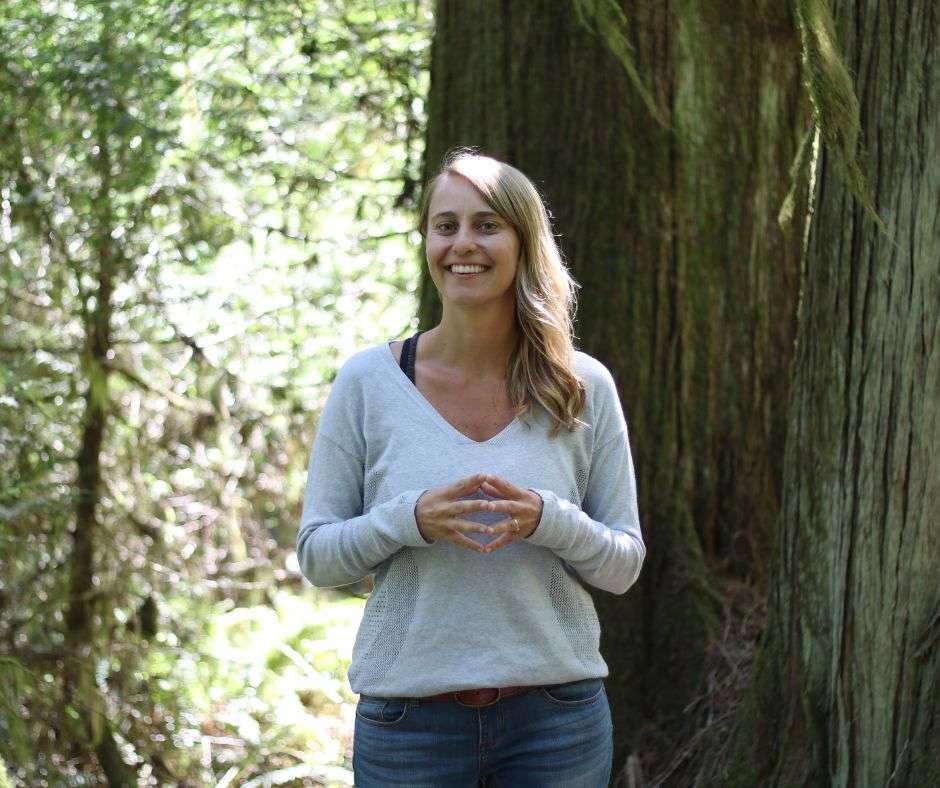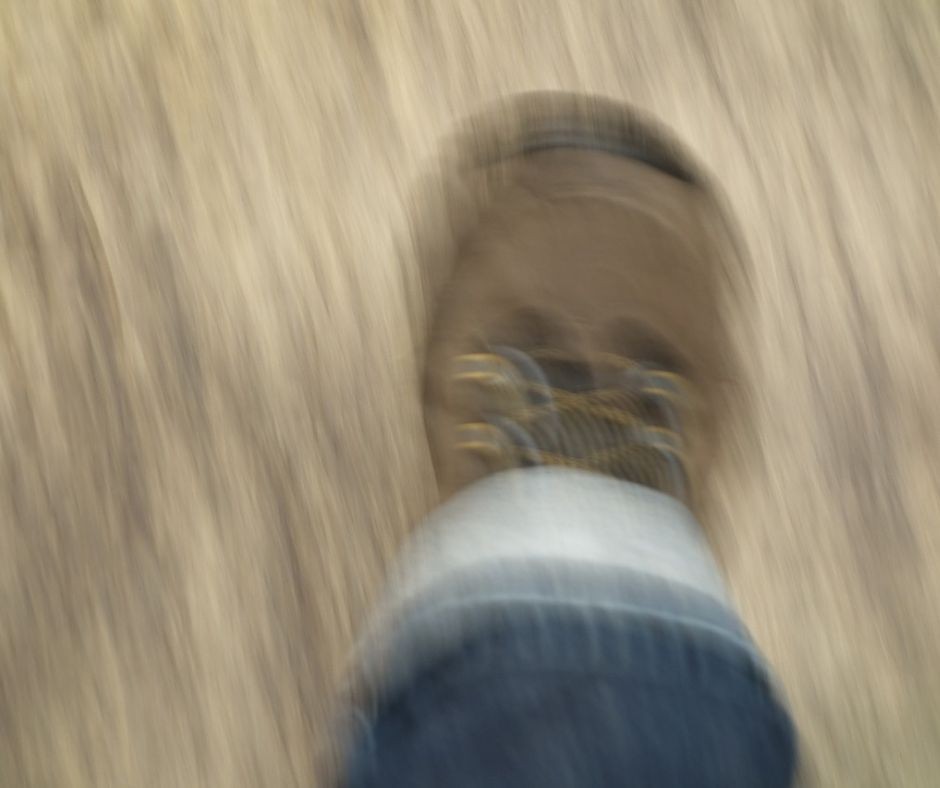And…. EXHALE.
I sometimes sit on my front porch wrapped in warmth listening to the rain. Every evening the night sky gets darker earlier and the tree in the front yard loses more of her leaves.
At times it feels as if I am also losing my leaves. Stripped bare to bark and branches. Turning inward. Finding quiet. Exploring the depths of loss.
When I allow myself to fully feel the truth of impermanence, that the natural world so poignantly expresses, it is hard to not sense the preciousness of every moment.
Along with the realization that everything changes and every moment holds within it infinite beauty and richness also comes a bitter sweet recognition that loss is an inevitable part of life.
“We are like children building a sand castle. We embellish it with beautiful shells, bits of driftwood, and pieces of colored glass. The castle is ours, off limits to others. We’re willing to attack if others threaten to hurt it. Yet despite all our attachment, we know that the tide will inevitably come in and sweep the sand castle away. The trick is to enjoy it fully but without clinging, and when the time comes, let it dissolve back into the sea."
Pema Chodron
The season of autumn is a very natural time to explore your relationship to loss and grief. The energetics of this time help us to look inward and let go. Below are two practices I have found very helpful with this inquiry. Find more suggestions for fall here.
Apana Vayu and the Exhale
Apana vayu is one of the five vayus (or winds). These “winds” are manifestations of how prana (energy) moves through our bodies.
Apana vayu is prana that descends and it primarily exists in the pelvis and lower part of the body. It’s responsible for many actions of elimination and is connected to the exhale. Its energy is one of grounding and letting go. When apana vayu is strong we feel stable, we have a purpose, and we trust the path of our lives. Too much focus on apana however, can lead to depletion.
Strengthening the letting go quality of the exhale can be a wonderful way to release what no longer serves us in our body , heart, and mind.
Take a few minutes every day to consciously find the breath and gently focus on and elongate the exhale. During this practice set the intention to release thoughts and emotions that feel stuck or worn out. Acknowledge anything that comes up, give it thanks, and let it go. Additionally, during your yoga asana (posture) practice you can place emphasis on the exhale to release unwanted tension and find greater foundation in your postures.
Yoga Nidra
Yoga Nidra is a deep practice of surrender. Usually translated as “yogic sleep”, Yoga Nidra is a process in which you allow the conscious mind to rest in boundless awareness. Through placing your attention in a systematic way on felt sensations you begin to open doorways of release that create healing and rest.
When beginning the practice of Yoga Nidra it can be helpful to have the practice guided by a teacher. If this is a practice that interests you, check out a yoga nidra practice here.
At other times, you can also recognize your bodies desire for just plain sleep! Many people are overworked and over tired. We live in a busy world, and sometimes shutting off and caring for yourself through sleep is just what the doctor ordered.
"Only to the extent that we expose ourselves over and over to annihilation can that which is indestructible be found in us"
Pema Chodron
Want to learn more about the energetics of fall? Check out Self Care and Support for Fall.
I wish you continued insight on this shared path of healing and awakening

